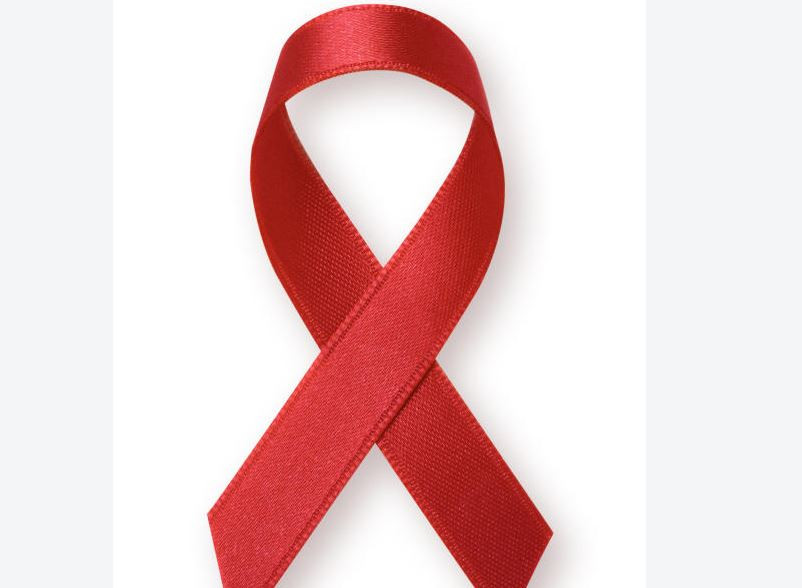Across the country, advanced HIV disease (AHD) is silently claiming lives, particularly among those who delay treatment, stop medication, or are diagnosed too late. Despite progress in testing and treatment access, thousands still succumb to AIDS-related complications every year.
Miriam*, a six-year-old girl living with HIV, is a symbol of resilience. Orphaned after her mother died of advanced HIV, she now thrives under the care of her aunt. At one point, she was frail and fighting tuberculosis (TB), but strict adherence to treatment gave her a new chance at life. Sadly, her mother was not as fortunate. She frequently skipped medication, which left her vulnerable to TB and meningitis, conditions that eventually proved fatal.
This pattern is all too common. Some patients, like Florence*, default on treatment after feeling better, only to relapse with severe co-infections. Others, like Zeyn*, fear stigma or disclosure, abandoning medication until opportunistic infections such as TB and meningitis take hold. These cases highlight why AHD remains the leading cause of HIV-related deaths in Kenya.
In 2024 alone, more than 21,000 people died of HIV-related illnesses, including over 2,600 children. Most of these deaths were linked to advanced HIV. Opportunistic infections TB, cryptococcal meningitis, and severe bacterial infections are the primary killers. Men are disproportionately affected, often seeking help only when critically ill.
Healthcare facilities continue to face challenges in managing AHD. Late presentation, pill fatigue, food insecurity, and transport barriers remain key obstacles. Even when patients reach hospitals, stock-outs of essential commodities, especially for meningitis treatment, hinder effective care. While initiatives such as establishing AHD hubs, expanding community health programs, and enhancing early screening have improved outcomes, gaps in resources and reporting still exist.
Children remain particularly vulnerable. Although Kenya has surpassed global HIV targets in testing and treatment among adults, pediatric care lags. Only 75 percent of HIV-positive children are on treatment, and fewer achieve viral suppression. This is alarming given the government’s pledge to eliminate pediatric HIV by 2027, just two years away. Mother-to-child transmission also persists, with rising infection rates during pregnancy and delivery.
Advanced HIV is preventable, yet it continues to claim lives due to late diagnosis and poor adherence. Strengthening early screening, improving access to drugs, and enhancing adherence support are vital steps in reversing the current trend. Without urgent action, the silent killer will continue to undermine decades of progress against HIV.

